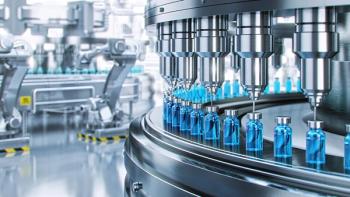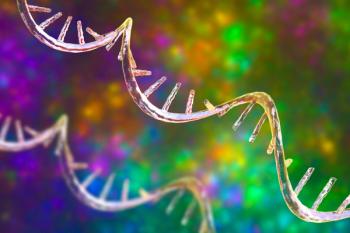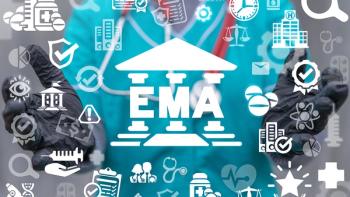
E&L Challenges in Biologics, Part Two
Eric Hill, Chief Scientific Officer, BA Sciences, discusses the how E&L testing principles can be adapted to biologic products and the unique challenges biologic drugs face regarding E&Ls.
Pharmaceutical Technology® Group spoke with Eric Hill, Chief Scientific Officer, BA Sciences, at
The complex nature of biologics requires certain considerations when adapting analytical methods that are typically used for small-molecule drugs for use in biologics analytical testing. According to Hill, developing a method that works for a complex large-molecule drug is crucial, because the drug cannot be put directly into the instrument. “It's going to involve some form of liquid-liquid extraction, filtration, some form of sample prep,” Hill explains. “It's critical that when we develop that process to get a sample we can analyze, that the process is robust, and we understand things like recovery, precision, repeatability, and accuracy, such that, again, we're not losing any leachables; we're not missing any that are in the actual drug product. We need to make sure that all of those make it into our final sample that we analyze.”
Samples from small-molecule drugs can be placed into standard analytical instruments, such as liquid chromatography, gas chromatography-mass spectrometry, inductively coupled plasma-mass spectrometry, etc., without causing harm to the instrument, according to Hill.
“But with large-molecule drugs, there's no way we can do that. So, we have to develop some form of process to get a clean sample, clean in the fact that we leave behind all of the cell culture, media, cells, tissue, blood—all those sorts of things that can't go in the instrument—we leave those behind, but we still get all the leachables to come forward into that sample.”
For more coverage of AAPS PharmSci 360 2025, visit
Transcript
Editor's note: This transcript is a lightly edited rendering of the original audio/video content. It may contain errors, informal language, or omissions as spoken in the original recording.
My name is Eric Hill. I currently serve as the chief scientific officer for BA Sciences, and in that role, I guide the overall technical aspects of our small molecule side of the testing business. And I have been BA Sciences for 10 years, and I started out in the business as the director of the extractable leachables laboratory. And as far as the industry, I currently speak at various industry conferences and serve, as you know, a subject matter expert. And I also recently accepted a role on the packaging expert committee for the USP, and so that's a five year cycle. Just started in 2025 to go through 2030 and we're responsible for authoring, revising and shepherding through the extractable, leachable chapters for the USP.
Beyond general safety standards, what specific expectations must be applied when adapting basic E&L testing principles to biologic drug forms?
I would say, you know that the critical role is going to be whatever method you develop to deal with that complex drug product matrix. For a large molecule drug, it's going to involve some form of liquid, liquid extraction, filtration, you know, some form of sample prep, again, because we can't take that drug product and put it right into an instrument. And so it's critical that when we develop that process to get us a sample, we can analyze that that process is robust and we understand things like recovery, things like precision, repeatability and accuracy, such that, again, we're not losing any leachables. We're not missing any that are in the actual drug product. We need to make sure that all of those make it into our final sample that we analyze.
From an analytical testing standpoint, can you briefly summarize the fundamental ways biologic drug products present unique challenges regarding E&Ls?
But, you know, again, it's all about that matrix and the fact that we can't put it into an instrument. You know, the standard instruments that we analyze for or that we utilize for extractable equals testing, are GCMs, LC, MSS and ICP, MSS, and with a lot of small molecule drugs, we can take that sample and pretty much put it right into the instrument without causing any interference or any, you know, any degradation to the instrument. But with large molecule drug, there's no way we can do that, so we have to develop some form of process to get us a clean sample, clean and cleaning the fact that we leave behind all of the, you know, cell culture, media, Cells, Tissue, blood, you know, all those sorts of things that can't go in the instrument. We leave those behind, but we still get all the leachables to come forward into that sample.
Newsletter
Stay at the forefront of biopharmaceutical innovation—subscribe to BioPharm International for expert insights on drug development, manufacturing, compliance, and more.




